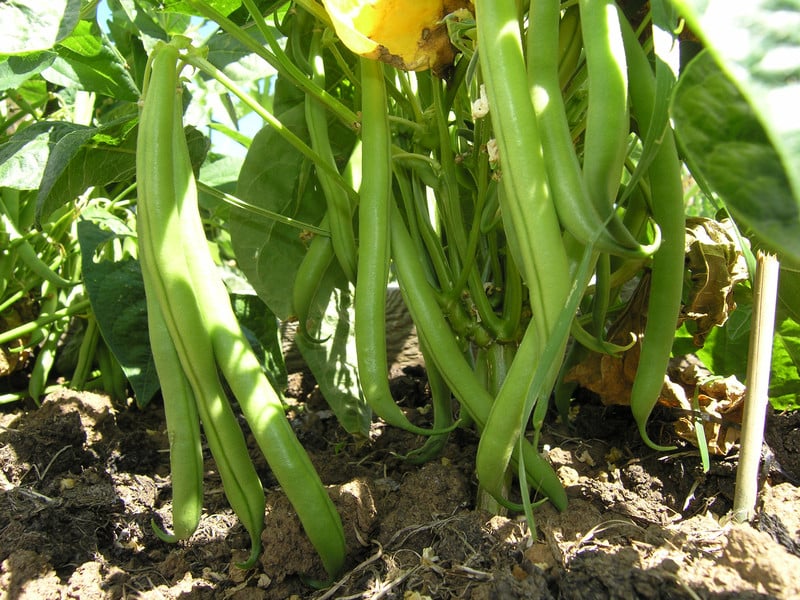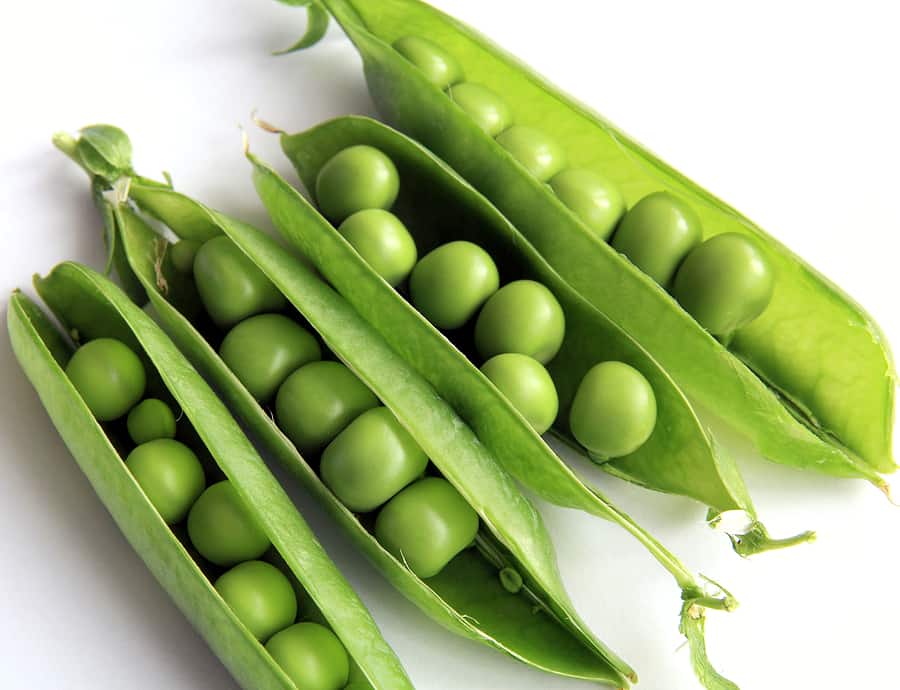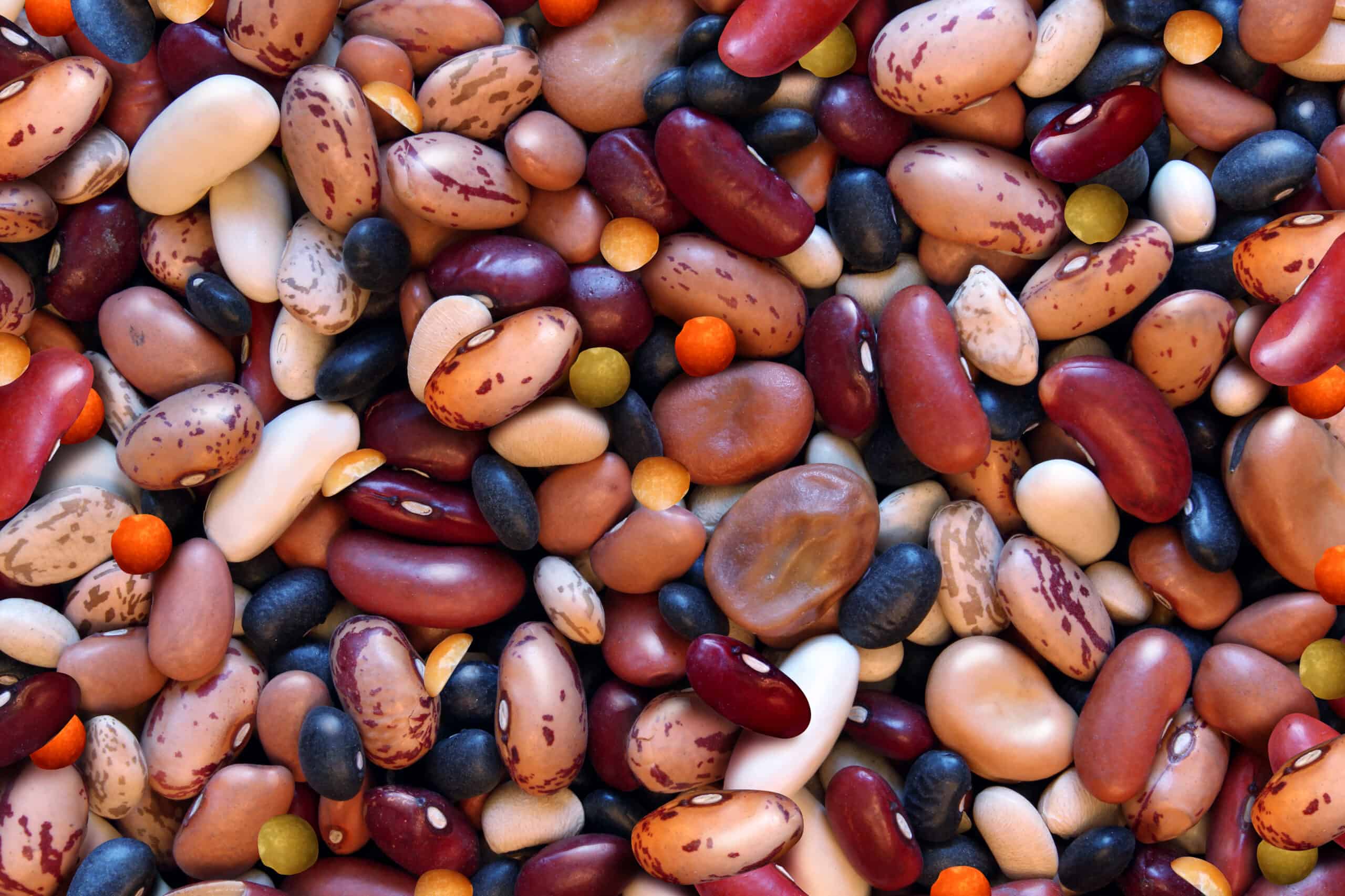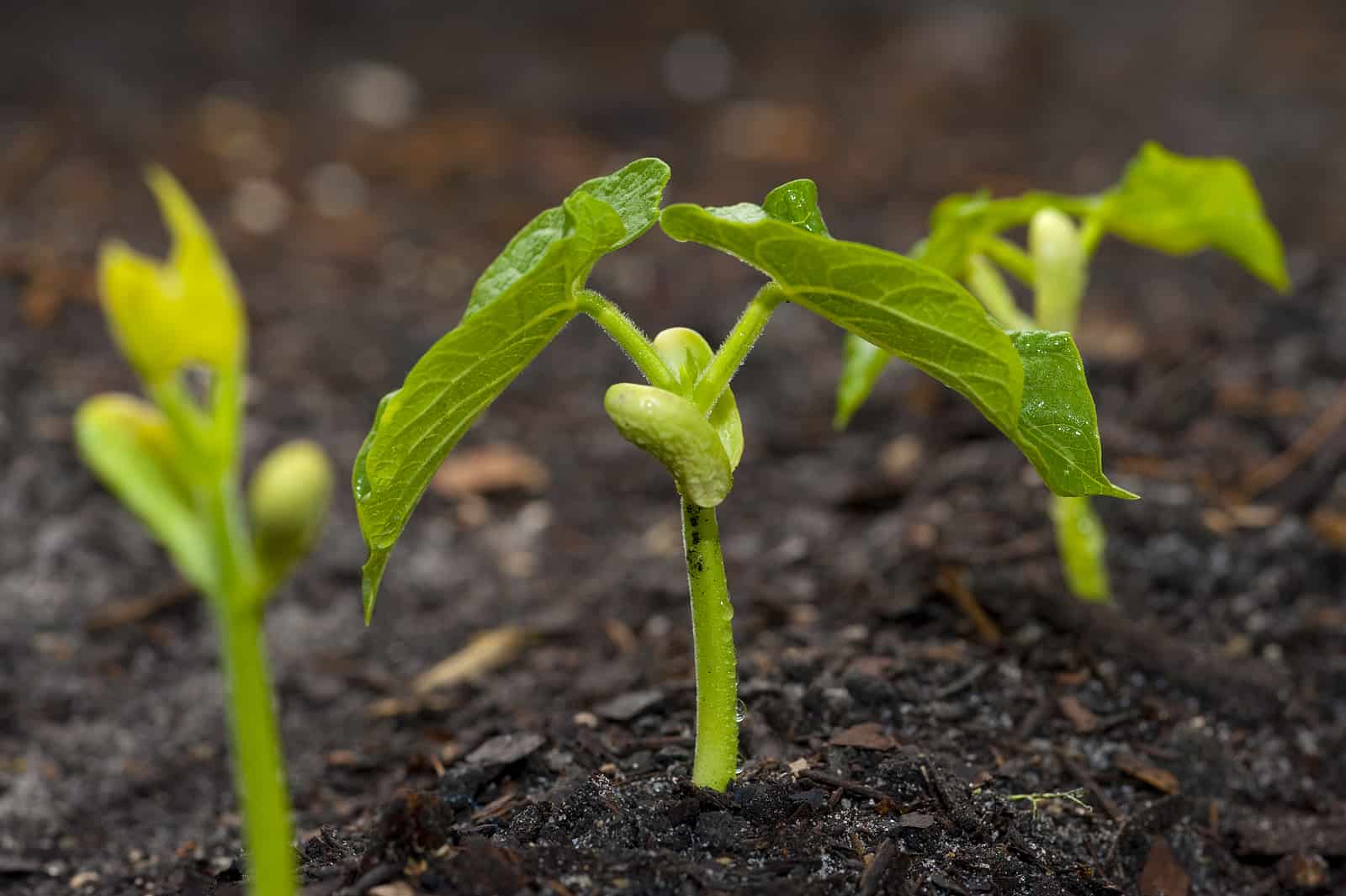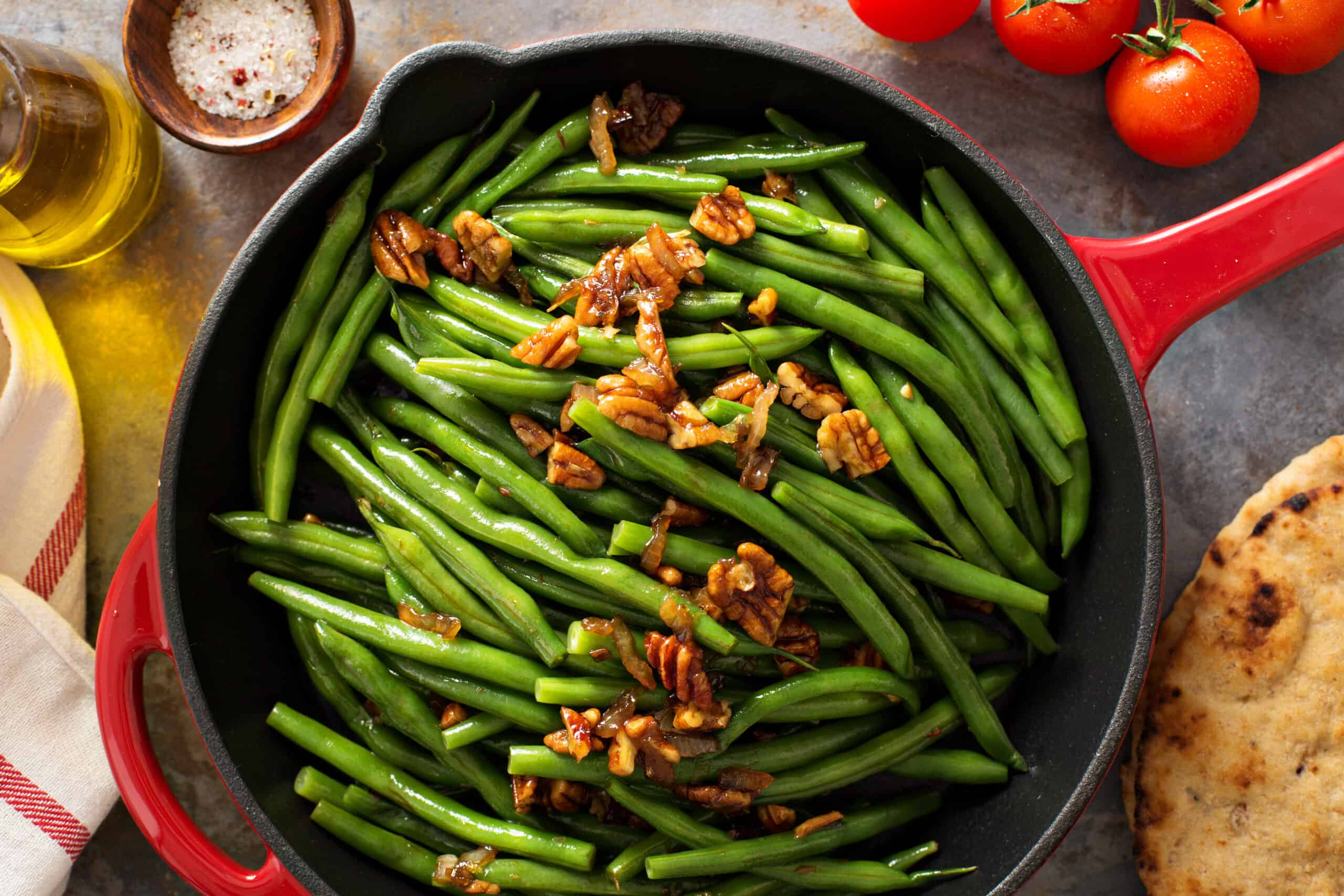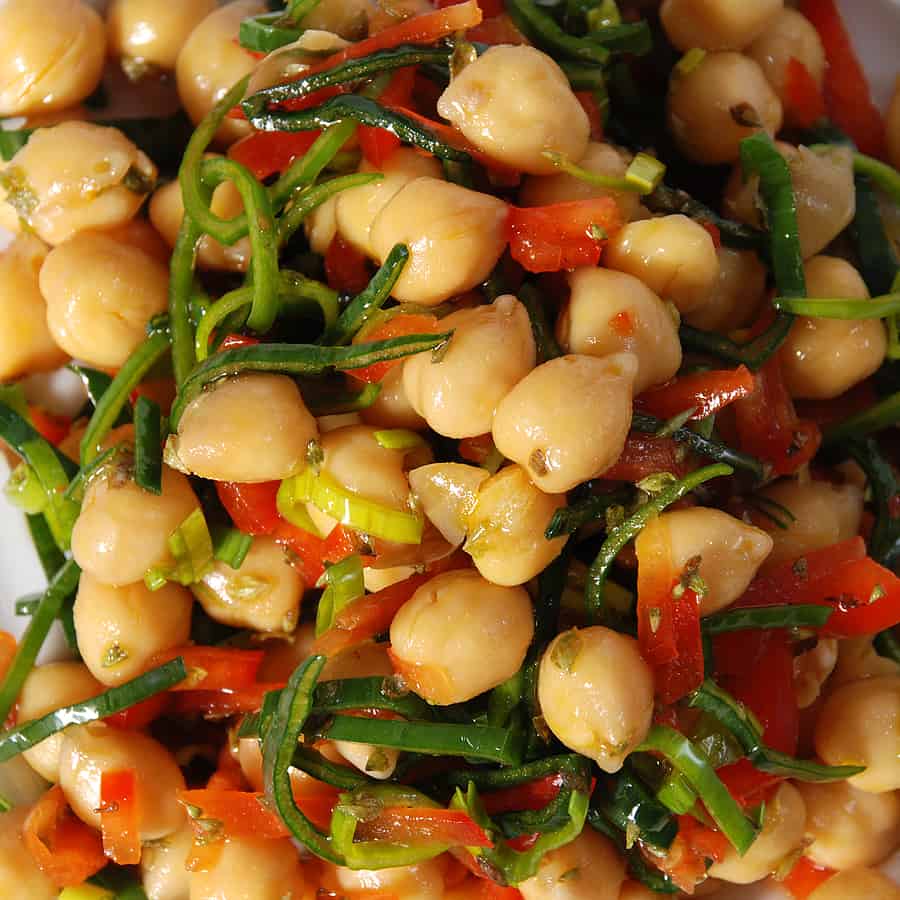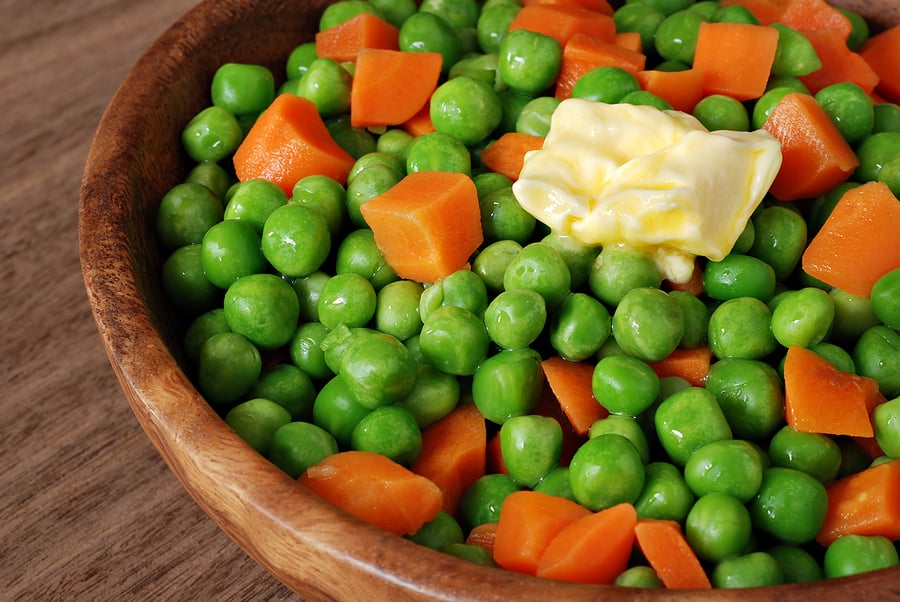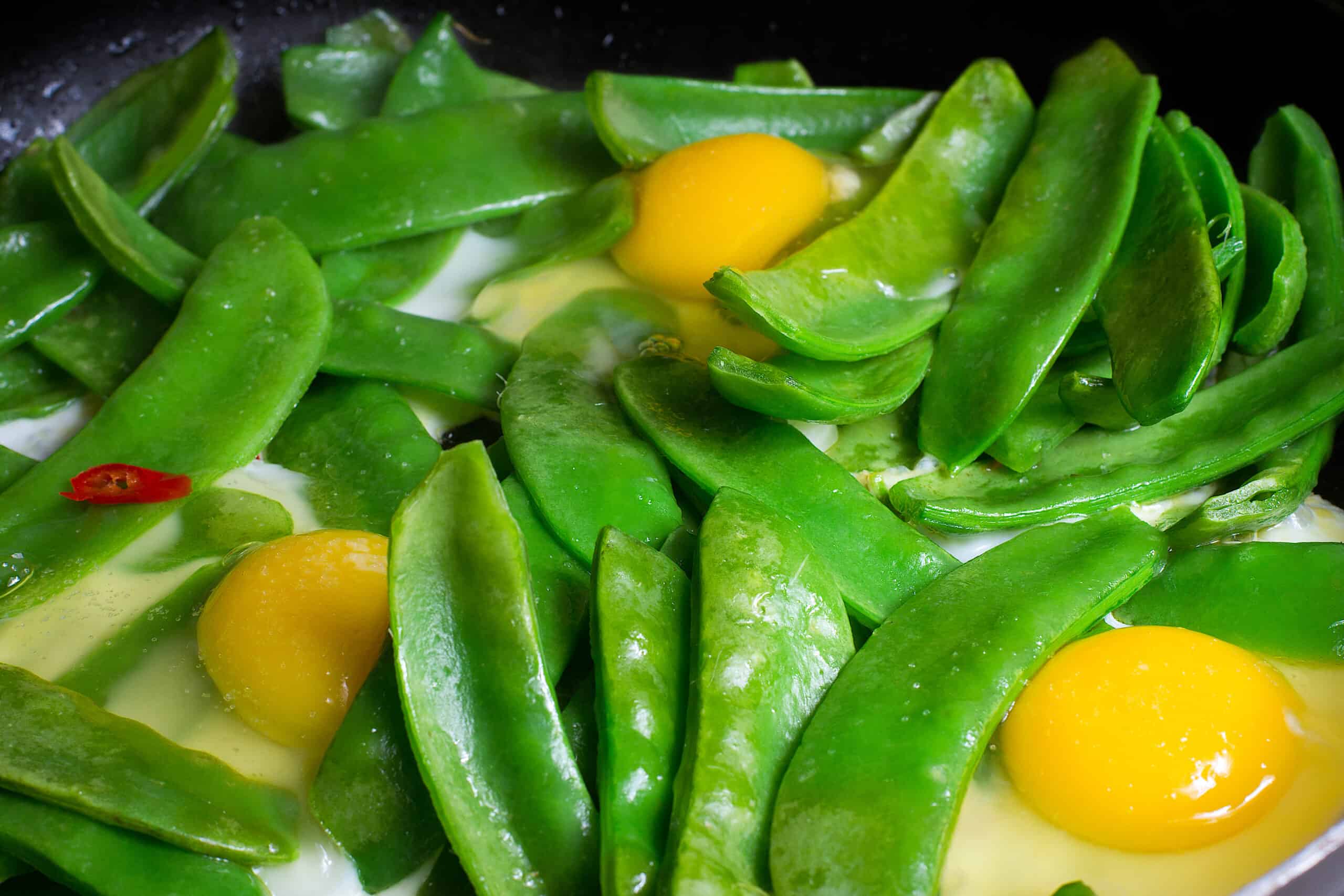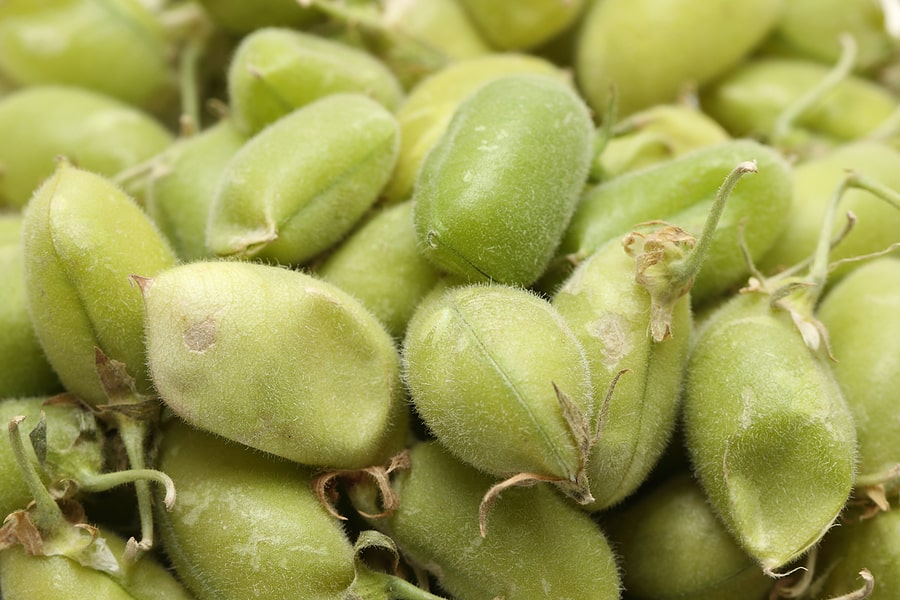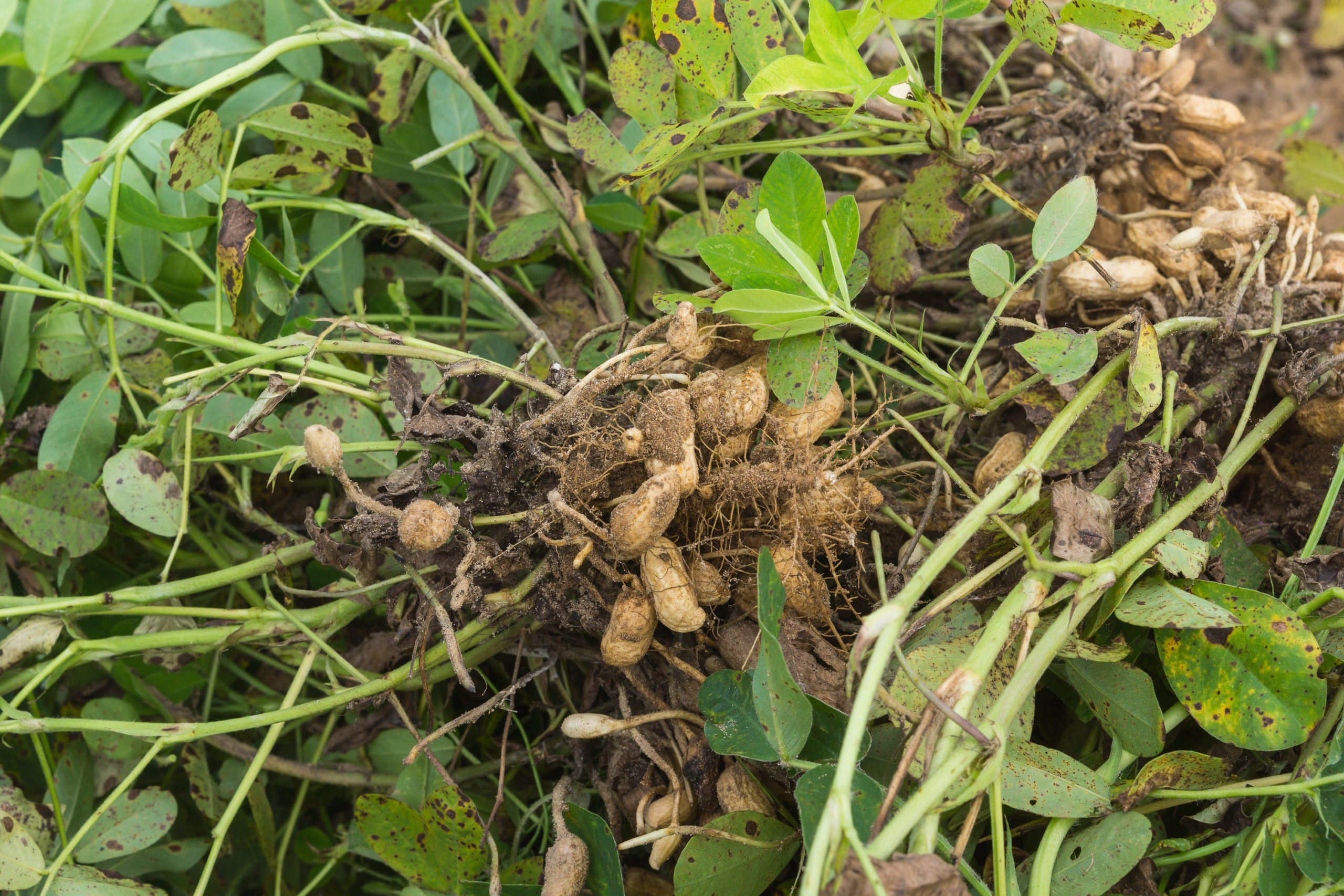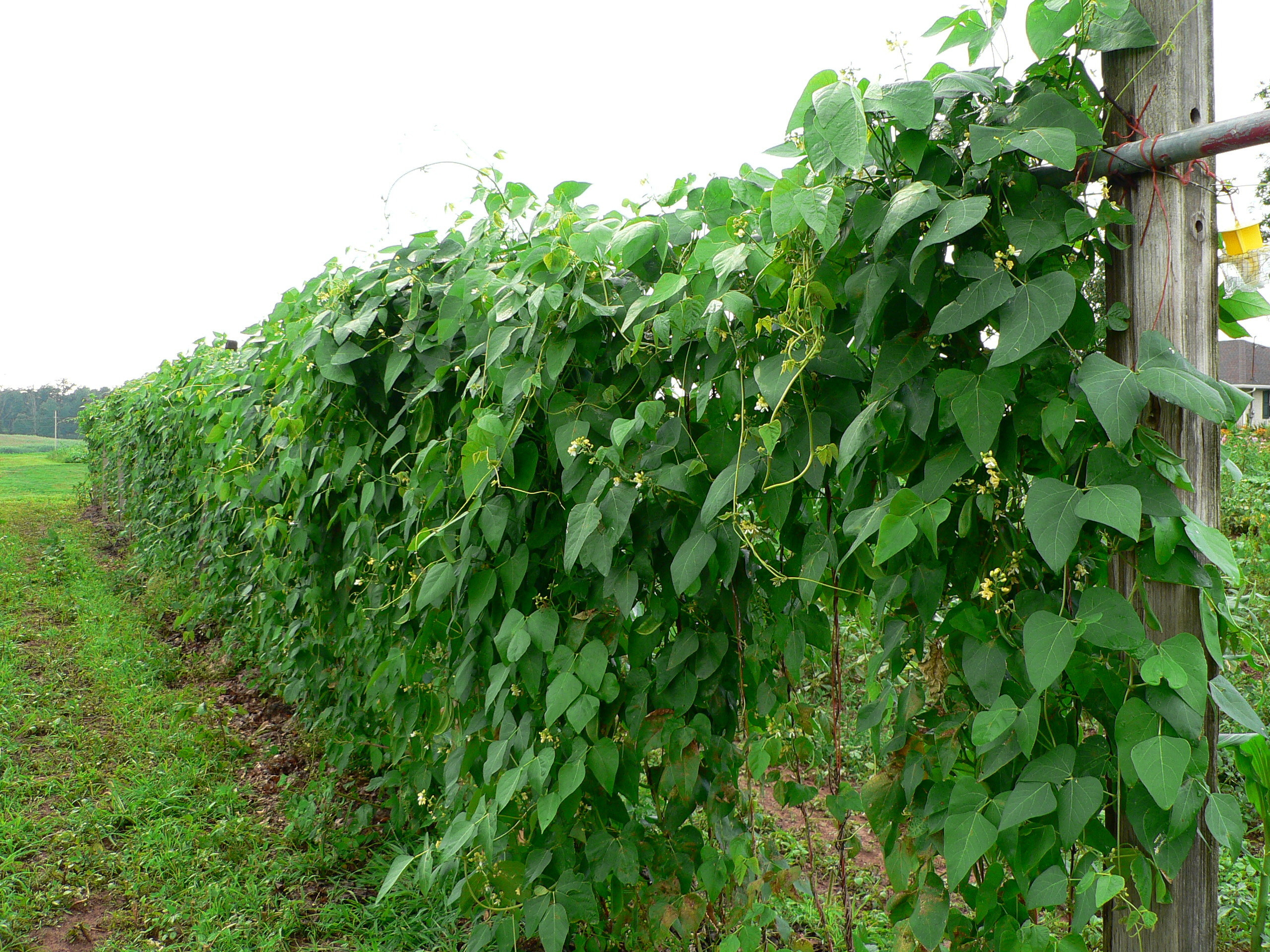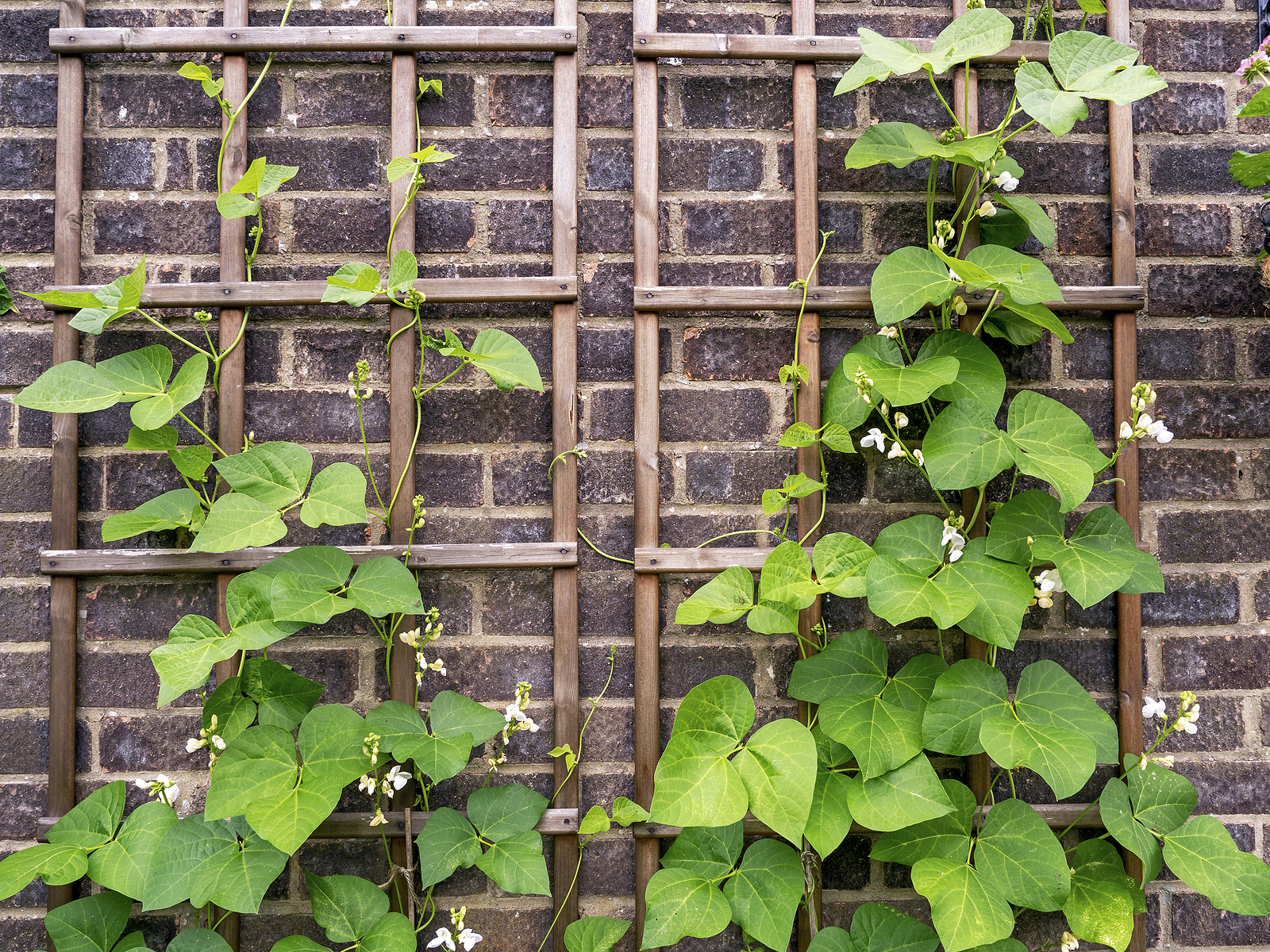Legumes
Latest stories
More stories
-
All About Dried Beans — Growing and Cooking
Dried beans are cooked and served in many ways–in salads, soups, casseroles, stews, and chilis. Dried beans can be served alone or as a side dish with meat or pasta or rice. Dried beans are commonly boiled and then sometimes baked or refried. Dried beans are beans whose seeds are dried and shelled after reaching […] More
-
Bean Growing Problems: Troubleshooting
Beans: garden beans–including pole, bush, and shell–lima beans, mung beans, scarlet runner beans, asparagus beans, and southern peas (which are not beans but share similar cultural requirements). All of these crops share similar problems. Here is a list of common bean problems and possible causes and cures. For more on vegetable garden pests and diseases […] More
-
Shell Beans Serving Tips
Shell beans are any members of the legume family that are shucked or shelled. All beans grow in pods. Shell beans are cooked and served after they have been shelled. The pod is not eaten. Shell beans include black-eyed peas, cranberry beans, fava beans, and lima beans. Shell beans are also called shellies, shellouts, shelly […] More
-
Five Ways to Quick Cook and Serve Snap Beans
Fresh, tender snap beans have a delicate flavor that is delicious eaten raw or just lightly cooked. Both the immature seeds and seed pods are edible. Green beans are snap beans, but snap beans can also be yellow, purple, and splotched in multiple colors. The peak season for fresh local snap beans is late spring […] More
-
Five Ways to Cook and Serve Fava Beans
The fava bean—which is also known as the broad bean, English bean, Windsor bean, and horsebean–can be eaten fresh or dried. As fava beans mature, their flavor grows increasingly starchy and strong. The smallest beans—less than the size of a small fingernail—are the sweetest. The outer skins of medium- and large-sized fava beans have a […] More
-
How to Cook and Serve Chickpeas
Chickpeas can be boiled, sauteed, roasted, and baked. They can be added to stews and turned into hummus. Chickpeas can be used in appetizers, mixed salads, and soups. The nutty flavor and creamy texture of the chickpea make it a robust and hearty addition to many dishes. The chickpea is a staple in cookery throughout […] More
-
How to Cook and Serve Garden and Snap Peas
How do you cook peas? Peas are cooked in the least possible amount of water and in just the time for them to become just tender. The French cook peas in the water it takes to moisten lettuce leaves. Line a saucepan with damp greens and a few pea pods, pour in the shelled peas, […] More
-
How to Cook and Serve Snow Peas
Snow peas are edible-podded peas: you eat the seed and pod whole. You can use snow peas in the same way as fresh peas or green beans. In fact, snow peas and green beans are interchangeable in most recipes. . The peak season for snow peas is spring and then again in fall. How to […] More
-
in How to Grow, Legumes, Plant
Mastering Chickpeas: Planting, Growing, and Harvesting Tips
The chickpea or garbanzo bean is a cool-season annual that requires about 100 days to reach harvest. Chickpeas, also called garbanzo bean and gram, are regarded as beans, but botanically are neither beans nor peas. Chickpea is a tender annual legume. Related article: Chickpea quick growing tips Garden Planning Books at Amazon: Planting chickpeas Chickpea […] More
-
in How to Grow, Legumes, Plant
How to Plant, Grow, and Harvest Peanuts
Peanuts are easy to grow if you live where there are long, hot summers of at least 4 months (5 is better). The peanut is a warm-weather perennial that is usually grown as an annual. It requires 120 to 130 frost-free days to reach harvest. The peanut is an odd and interesting plant. It grows […] More
-
in How to Grow, Legumes, Plant
How to Plant, Grow, and Harvest Lima Beans
Lima beans are tender annuals grown for their flat, crescent-oval-shaped seeds. There are two types of lima beans: bush and pole or vine varieties. Bush types grow to about 2 feet tall (.6m) and tend to have smaller seeds; they bear more quickly than pole lima bean varieties. Pole lima beans have large seeds and […] More
-
Container Growing Beans—Plant, Grow, and Harvest Tips
You can plant, grow, and harvest snap beans and other beans in containers. Growing beans in containers are ideal for balconies, decks, patios, rooftops, and other urban gardens. Beans can also be grown indoors under lights. Many apartment gardeners like to grow bush beans because they can grow three to six plants in a large […] More

